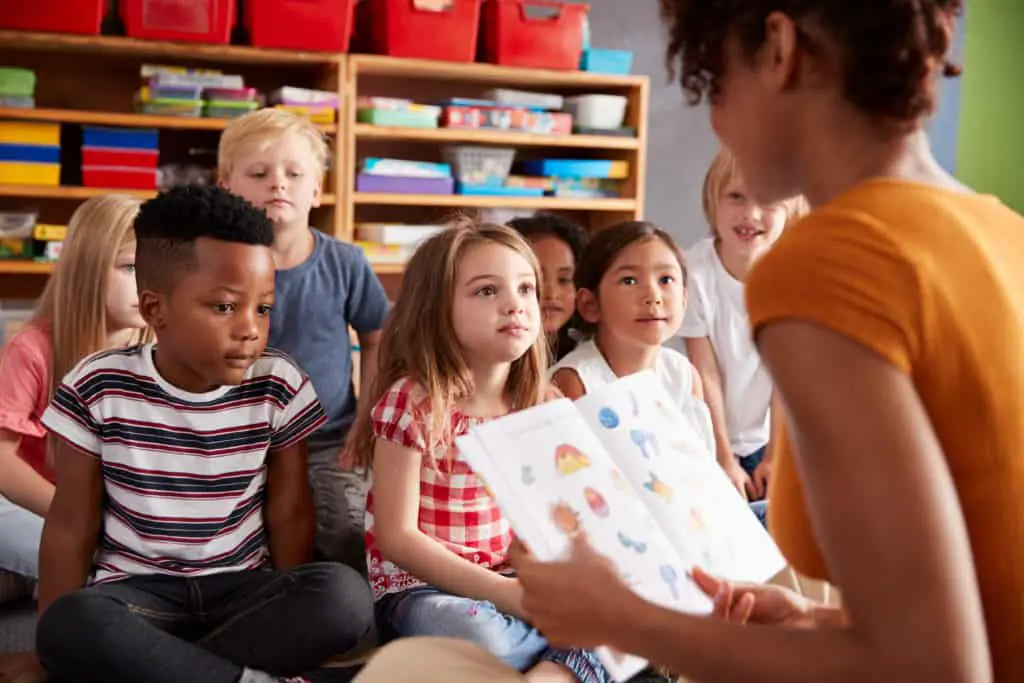Children’s developing brains are like sponges of information. Their innate curiosity about the world around them often leads to a desire to learn as much as possible. As such, this becomes a crucial time to begin teaching and promoting positive behaviours and responses.
Aside from giving your kids an early start, guiding them while they’re young also allows for plenty of opportunities to practice and internalize what they learn. Likewise, discovering the best ways to approach and respond to their questions becomes one of your most essential duties in this regard.
Ultimately, teaching them positive behaviours can be lessons filled to the brim with fun. Below are some of the best practices used by positive behaviour support services in Sydney and other child behaviour experts worldwide.
Read up and find out which ones best apply to you and your kids.
- Explain Things Thoughtfully
While it may not always seem clear to most parents, it bears reiterating. Children do listen and think about their parents’ words. While it’s hard for them to understand the profundity of your logic, your words could become their foundation.
With this in mind, taking the time to communicate with your kids properly helps get everyone on the same page. Consequently, kids can grasp instructions better when addressed and appropriately explained. Pointing out specific parts of their actions also helps draw further attention to good deeds or areas for improvement.
On the other hand, it also signals the start of their experience with empathy and concern for others. Telling them that yelling while you’re in a conversation or leaving toys all over the floor can make you sad or angry can be a start. They’re simple enough for kids to understand while associating specific actions with consequences.
Ultimately, effective communication can provide your kids with a running start. While being an avenue for self-expression, it also taps into the parts of the brain that deal with empathy. Treating them with respect is a lesson they’ll carry throughout life.
- Incorporate Fun Into The Lessons
Presenting lessons to kids in a fun and easy-to-digest method is one of the best ways to teach. In order to address their shorter attention spans, engaging their senses will be the way to go.
For example, turning chores and other tasks into games can make them seem less like mundane errands and more like exciting objectives to fulfill. Moreover, implementing a scoring system can help engage them further with promises of rewards at the end.
Next, music can also create memorable and fun interactions. Turning reminders or rules into rhymes or songs can make them easy to remember and a treat to perform. If music isn’t one of your strongest suits, changing the lyrics to popular children’s songs can do the job just as well.
Lastly, arts and crafts can be the way to go for your kids who enjoy working with their hands. Making colourful and cute posters together can equally address both sides of the brain. Also, aside from creating a beautiful bonding experience between you and your child, helpful signs of good behaviour are now present as gentle reminders for your kids.
Part of teaching your kids good behaviours is using every opportunity as a learning experience. This means that time spent at home, on a drive, or anywhere else can be moments ready to instill these lessons.
However, genuinely effective lessons are ones that your kids enjoy doing. Embracing the element of fun can help create memories and lessons for your kids and yourself.
- Focus On The Positives
When it comes to children, positive reinforcement is always the way to go. Careful phrasing of your words and noticing good actions can help associate good things with good actions. Moreover, this helps center your message, as adverse reactions to teaching good behaviours may lead to confusion on their part.
Choosing your words wisely is one of the most critical aspects when talking to kids. Gentle expressions can be used to start your sentences instead of using words like ‘never’, ‘only’, or ‘do not.’ Beginning with words like ‘please’ and other encouraging terms helps bring a lighter tone to your requests.
Lastly, giving attention to your child’s accomplishments also reinforces positive experiences when doing the right thing. Showing admiration for cleaning up after themselves and behaving well goes a long way, especially when they take the initiative.
Positive behaviours are ultimately taught through example. When your words and actions also spotlight these actions, your kids are sure to make the same connections. Overall, focusing on the positives can lead to raising positive children.
Conclusion
Home is the first place children learn valuable life lessons. Teaching good behaviours early on promotes positive thinking and trains them in other skills like empathy.
As such, creating an environment that nurtures these ideals reinforces them as well. Additionally, using whatever tools you have at your disposal makes more substantial connections with your kids.

